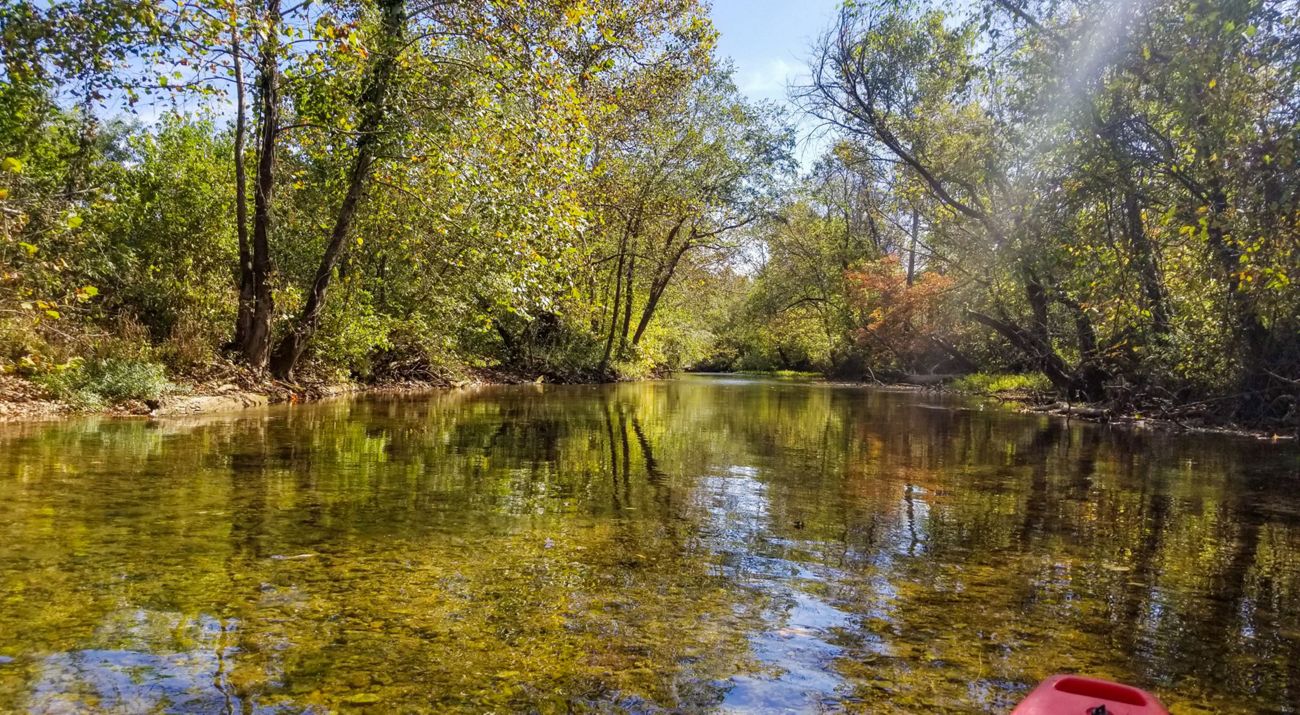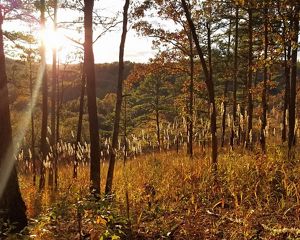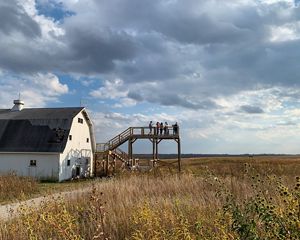TNC is working in rural and urban communities to protect our water resources.
Water is the most important resource on the planet. Every living thing depends upon it. In the coming years—with a changing climate—Missouri is expected to see hotter, drier summers and wetter springs and winters.
This combination could impact communities’ clean drinking water and increase the struggle of Missouri farmers to produce quality crops in times of drought or heavy rain.
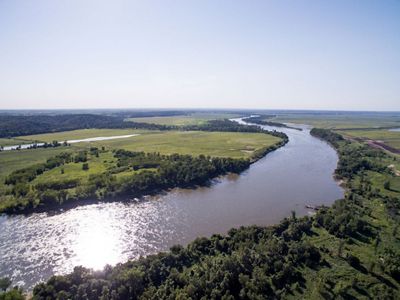
Quote: Adam McLane
Effectively protecting our water resources requires deep collaboration and a diverse set of voices and partners at the table.
Thanks in part to generous funding from Enterprise Mobility Foundation, The Nature Conservancy is implementing on-the-ground conservation projects across Missouri—from our rural agricultural fields to our growing urban cities—to increase water quality and protect community health.
“Where water comes from, where it goes and how it gets there is complex,” says Adam McLane, Missouri State Director. “Effectively protecting our water resources requires deep collaboration and a diverse set of voices and partners at the table.”
How Farming Can Play a Role
Farms make up nearly two-thirds of Missouri’s total land acreage, which means our agricultural partners can help play a big role in protecting our water. “An increased focus on soil health, fertilizer application and use of vegetative buffers along waterways can have a dramatic impact on the health of our shared water resources,” says McLane.
In collaboration with partners, a 4R initiative for Missouri was launched in 2018. This program works with agricultural retailers to verify individualized plans for farmers to identify the right place, right time, right rate and right source of nutrient application to maximize crop production.
These plans will promote and improve soil quality. Healthy soils help hold in water during drought, and decrease the amount of harmful nutrient runoff during times of heavy rain.
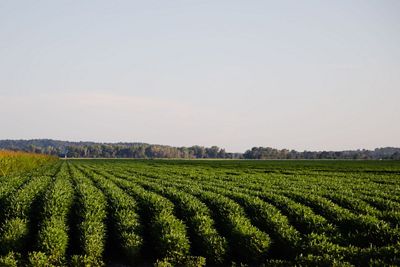
“Our goal is to verify 250,000 acres statewide through 4R nutrient management plans by 2025,” says McLane. “This will make a significant impact to the quality of our rivers and the communities that rely on them here in Missouri and all the way to the Gulf.”
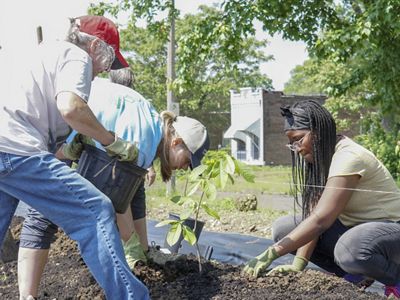
A Focus on Green Infrastructure in Cities
In St. Louis, TNC has collaborated with a variety of partners and anchor institutions to bring resilience and equity through place-based community projects.
Project Oasis at Jubilee Community Church is a great example of how a project can incorporate green infrastructure while also providing positive impacts to the community and benefits to nature.
“We recognized multiple problems and wanted to come up with a solution that would address them,” said Andy Krumsieg, pastor of Jubilee Community Church. “Stormwater is a big issue in the city of St. Louis. We wanted to reduce the pressure on the sewer system and capture rainwater as a resource to reuse on our urban farm.”
The first step of Project Oasis was the installation of a 150,000-gallon underground cistern that collects rainwater from the church’s roof, which then irrigates the half-acre urban orchard and farm that were recently planted behind the church.


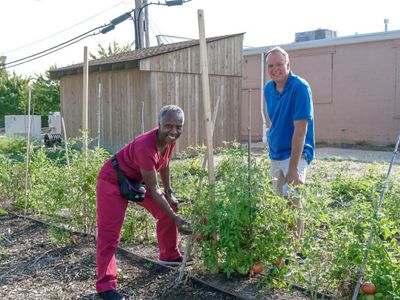
The produce that is grown on the urban farm is used by the church and made available for community members to harvest.
“Proceeds from the sales will be used to help employ two or three people from the community during the growing season,” Pastor Andy said. “We will also be planting wildflowers throughout the farm, which will provide food for pollinators.”
“Jubilee Community Church and the team they assembled to bring a vision to life, benefiting both people and nature, is an amazing model,” says McLane.
Once-vacant lots now house a massive underground cistern that captures all the runoff from the church’s roof, before it hits the stressed stormwater system.
Reconnecting Floodplains
Rock Port, Missouri, located a little more than 100 miles north of Kansas City, is a small farming community on the Missouri River. After withstanding decades of repetitive floods, leaders of the local levee district knew they had to make a change after the flood of 2019 once again devastated their community.
Construction of a large-scale levee setback began in the summer of 2020—reconnecting and restoring more than 1,000 acres of floodplain and providing more room for the river during times of high water.
With smart planning, science-based solutions and a collaborative approach, we can protect Missouri’s water resources so they can continue to provide for us today and for generations to come.

Sign up for Nature News
Get conservation stories, news and local opportunities from where you live.
